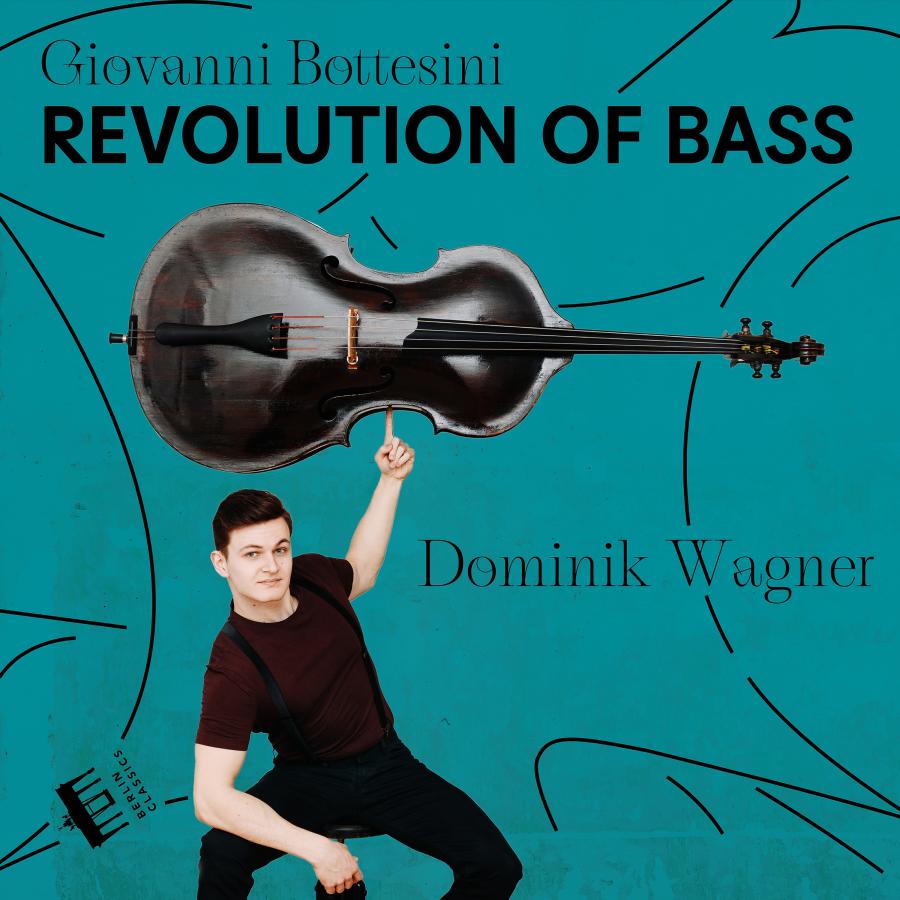Haydn: The Complete Piano Concertos
“Perhaps Mozart sings more, but Haydn speaks, he chatters, he rejoices and talks about the really important things in life.” After Matthias Kirschnereit’s exploration with the Radio Hesse Symphony Orchestra of the middle ground between the Classical and Romantic eras in works by Hummel, Weber and Mendelssohn, the pianist now turns to Papa Haydn. And that means he is entering the terrain, somewhat neglected even now, of the great Austrian’s piano concertos. All nine keyboard concertos that were definitely written by Haydn are now being released with Matthias Kirschnereit and the Württemberg Chamber Orchestra of Heilbronn, which he directs from the instrument. Included is the Double Concerto in F major with Lena Neudauer on the violin. As a “chamber music treat”, Matthias Kirschnereit also had the Piano Trio in G major arranged and recorded. The recording is a co-production with Deutschlandfunk Kultur.
Haydn’s “concertos for keyboard instruments”, which are collected in Section XVIII of the Hoboken catalogue, were surely written for a variety of instruments. Pieces originally intended for fortepiano, harpsichord or even organ come to life in the hands of Matthias Kirschnereit on a modern Steinway concert grand. “Here and there I even take the liberty of intervening in the score and – as Joseph Haydn might have done, I trust – I use little ornaments, scales, embellishments and octave sequences to make the whole thing sound even more contemporary,” says the professor at Rostock’s University of Music and Drama. His feeling for Haydn’s keyboard language is particularly evident in the cadenzas. They are not given by Haydn in the original score, giving the soloist the opportunity to turn composer for his complete edition of the concertos. He has arranged them in the true spirit of Haydn, quoting his role model, who would surely have relished the exercise, to his heart’s content.
All of the concertos, which may well have been written for use in church, follow a simple principle: three movements, the outer ones fast, the middle one lyrically pensive, exclusively in major keys. Kirschnereit achieves his thrilling clarity of sound and variety of tone above all by means of his constant dialogue with the orchestra. “I direct the orchestra from the keyboard. The aim is to join together to seek and find this spirit, this imagination and freedom in the music. Maybe it’s the case that we have to listen even more closely when there is no conductor.” His aim is to shed light on the music’s eerie byways and expose its hidden depths.
Haydn: The Complete Piano Concertos Matthias Kirschnereit & Württembergisches Kammerorchester Heilbronn

Composer

Further information
Genre
Klassik
Publication date
02.09.2022
Haydn: The Complete Piano Concertos
“Perhaps Mozart sings more, but Haydn speaks, he chatters, he rejoices and talks about the really important things in life.” After Matthias Kirschnereit’s exploration with the Radio Hesse Symphony Orchestra of the middle ground between the Classical and Romantic eras in works by Hummel, Weber and Mendelssohn, the pianist now turns to Papa Haydn. And that means he is entering the terrain, somewhat neglected even now, of the great Austrian’s piano concertos. All nine keyboard concertos that were definitely written by Haydn are now being released with Matthias Kirschnereit and the Württemberg Chamber Orchestra of Heilbronn, which he directs from the instrument. Included is the Double Concerto in F major with Lena Neudauer on the violin. As a "chamber music treat", Matthias Kirschnereit also had the Piano Trio in G major arranged and recorded. The recording is a co-production with Deutschlandfunk Kultur.
Haydn’s “concertos for keyboard instruments”, which are collected in Section XVIII of the Hoboken catalogue, were surely written for a variety of instruments. Pieces originally intended for fortepiano, harpsichord or even organ come to life in the hands of Matthias Kirschnereit on a modern Steinway concert grand. “Here and there I even take the liberty of intervening in the score and – as Joseph Haydn might have done, I trust – I use little ornaments, scales, embellishments and octave sequences to make the whole thing sound even more contemporary,” says the professor at Rostock’s University of Music and Drama. His feeling for Haydn’s keyboard language is particularly evident in the cadenzas. They are not given by Haydn in the original score, giving the soloist the opportunity to turn composer for his complete edition of the concertos. He has arranged them in the true spirit of Haydn, quoting his role model, who would surely have relished the exercise, to his heart’s content.
All of the concertos, which may well have been written for use in church, follow a simple principle: three movements, the outer ones fast, the middle one lyrically pensive, exclusively in major keys. Kirschnereit achieves his thrilling clarity of sound and variety of tone above all by means of his constant dialogue with the orchestra. “I direct the orchestra from the keyboard. The aim is to join together to seek and find this spirit, this imagination and freedom in the music. Maybe it’s the case that we have to listen even more closely when there is no conductor.” His aim is to shed light on the music’s eerie byways and expose its hidden depths.
Tracklist - These are the tracks you will hear on the album
Haydn: The Complete Piano Concertos
Matthias Kirschnereit & Württembergisches Kammerorchester Heilbronn
1
I. Allegro
2
II. Adagio
3
III. Rondo. Presto
4
I. Allegro moderato
5
II. Adagio
6
III. Allegro
7
I. Allegro moderato
8
II. Adagio
9
III. Allegro
10
I. Moderato
11
II. Andante
12
III. Allegro
13
I. Allegro
14
II. Adagio
15
III. Allegro
16
III. Finale. Rondo all'Ongarese. Presto
17
I. Allegro moderato
18
II. Largo
19
III. Allegro molto
20
I. Allegretto
21
II. Largo
22
III. Presto
23
I. Vivace
24
II. Un poco adagio
25
III. Rondo all'Ungarese. Allegro assai
26
I. Allegro moderato
27
II. Largo
28
III. Presto
























